Some buyers trust a manufacturer only because the manufacturer owns the right certifications and offers a warranty on the solar modules. If you’ve read our previous posts, you already know that you can’t solely rely on these when purchasing solar modules… so, what can you do?
Detect solar panel quality defects without testing equipment?
There are dozens of possible solar panel quality defects that we come across at solar module manufacturers in Asia.
Some defects can only be detected by using advanced testing equipment, such as electroluminescence (EL) testers, sun simulators, thermal cameras or resistance testers.
Other defects can only be spotted by inspecting the non assembled components that are used prior to production.
However some defects you can detect by yourself…
If you’ve already bought solar modules, you can do the following directly.
Here are five common visual defects that you can easily avoid by yourself by visually checking a solar module
Defect #1 – Broken or chipped solar cells
Broken and chipped solar cells are common and can indicate different issues. If several solar modules have chipped solar cells, your manufacturer may be using Grade B solar cells.
Grade B solar cells are a serious problem as they may be cheating you on the most valuable component used in the solar module (!).
Alternatively, the solar cell has been damaged during handling, most likely during the soldering process. During manual soldering the solar cell breakage rate is higher than during automatic soldering.
As you can see this defect can be easily spotted by performing a visual inspection. Also, the problem is visible during an EL test.
Your quality inspection person on-site can trace the exact cause and correct it for future shipments.
Below is an example of a broken/ chipped solar cell:
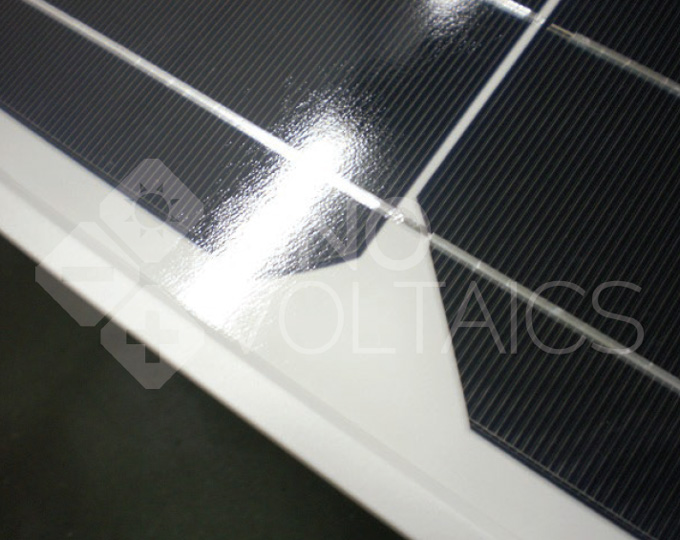
solar panel defect 1 – chipped solar cells
Defect #2 – Scratches on the glass
A major and prevalent quality issue are scratches on the glass cover of the solar module.
On average, small and large scratches on the thin glass covers are found during more than 70% of independent 3rd party quality inspections as for example performed by Sinovoltaics Consultancy Services.
These scratches are in many cases a result of improper handling of the module at the factory or negligent and unsafe packing.
Scratches, small and large, potentially lead to output degradation of the affected module. While less severe scratches superficially may cause some slight shading on the cells, larger and deeper scratches can heavily compromise the sensitive and nanometer-thin antireflection coating that nowadays many module manufacturers apply, impacting the transmittance of light.
The coating being damaged, air, dust, and water can get underneath which then causes the lifting of the rest of the coating and in the long run cause a delaminating effect.
Here is an example of scratches on the glass:
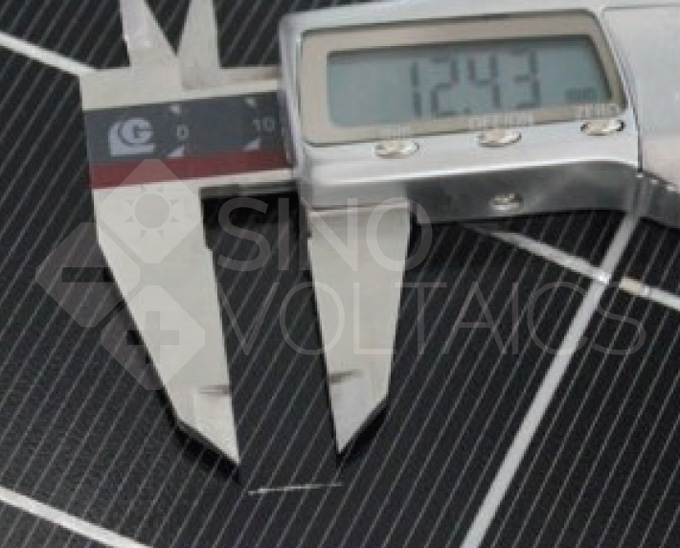
solar panel defect 2 scratches on solar glass
Defect #3 – Solar cell string alignment
A misplaced string alignment is usually an aesthetic problem.
It usually won’t affect the solar module’s performance or lifetime. However…
String alignment is easily picked up by the eye and will therefore be picked up by the end customers.
Also: if the spacing between the solar cells is too small (the standard is 2mm), it may cause arching.
String alignment is such a simple thing to do right, if your manufacturer does not master this, there will most likely be negligence in other aspects of the PV module.
Here is an example of improper solar cell string alignment:
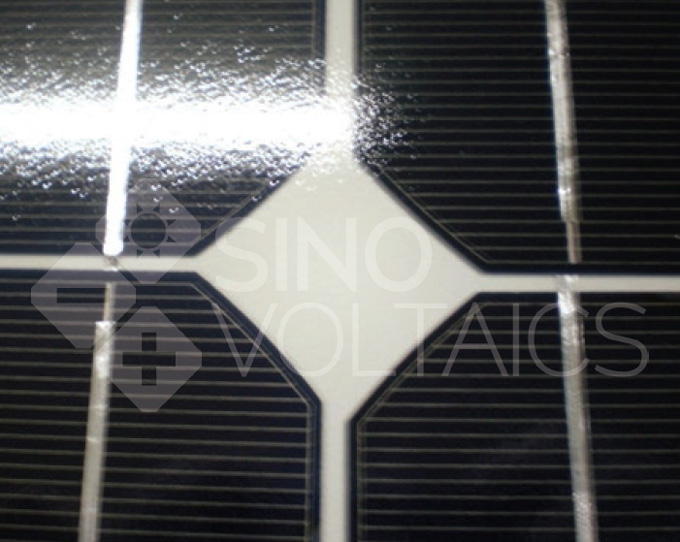
solar panel defect 3 – solar cell string alignment
Defect #4 – Fading labels and barcodes
According to IEC standards, every solar module needs to have a barcode encapsulated inside the PV module behind the glass.
This is important because in case of a warranty claim, you’ll need to present the barcode number to the manufacturer.
Nowadays most professional manufacturers have databases where they can trace the date the module was bought, check the Bill of Materials and which distributor bought the module.
What if the barcode is not included inside the solar module?
In that case, you better have a high-quality barcode and label on the outside (back).
If you want to check the quality of these labels on the outside, you can simply rub the label for a couple of seconds with some pure alcohol and a cloth. If the text/ barcode comes off, the manufacturer used a cheap label (to save a bit of money) and needs to replace these.
Still happens a lot!
Here is an example of a non-compliant barcode:
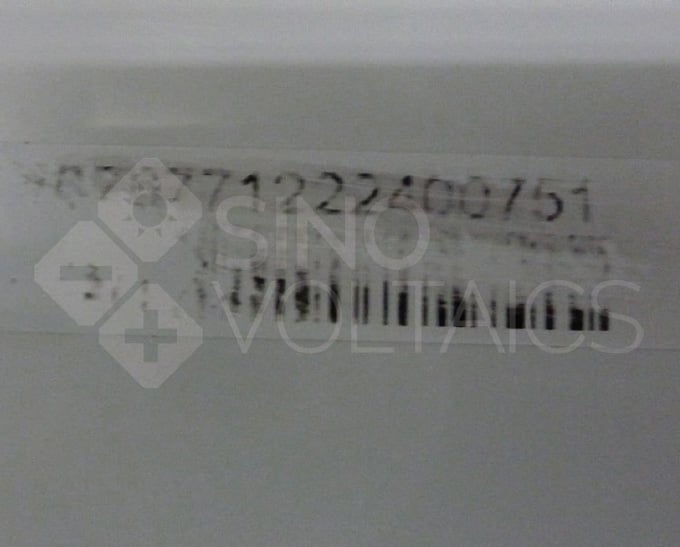
solar panel defect 4 – fading labels
Defect #5 – External particles inside the solar module
Another defect you can easily spot yourself are external particles inside the solar module.
These particles may vary, including simple soldering debris (often small pieces of tab wire), cloth, or even insects.
Similar to previous visual defects: if you spot the such a problem, it means a manufacturer is much likely neglecting simple quality checking procedures and there may be other problems.
Debris the size as per below sample picture will have the same effect as shading and will, due to the cell-string structure of solar modules, affect its performance significantly.
Moreover, with the exposure of the solar module to sunlight, the particle may heat up, even burn, cause severe damage to the module and moreover the whole system and project…
Here is an example of an external particle between a cell and glass:
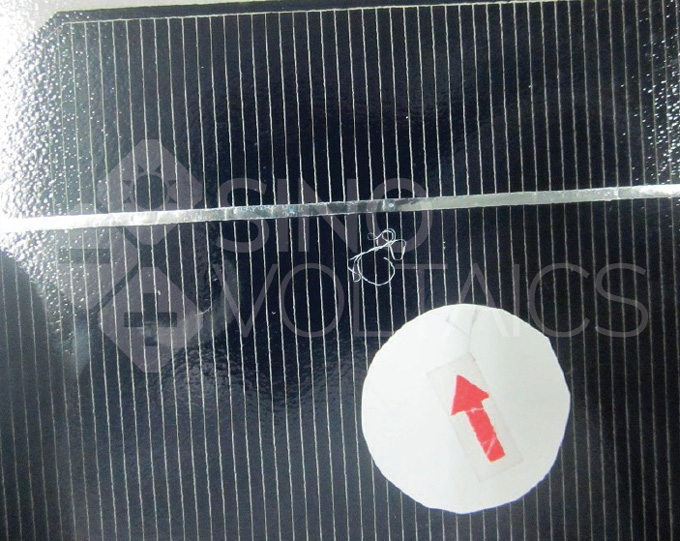
solar panel defect 5 – debris inside solar panel
For any professional PV buyer, it remains unclear if a solar module was made with the right ‘best practices’ manufacturing processes in place, where it was manufactured, and if certified grade A components were used.
So how can you be 100% sure you purchase quality solar modules?
As you’ve seen from the 5 Defects above, it’s possible to perform basic visual quality control by yourself. It’s a first indicator for the quality of the product you bought. Of course, there are many more potential defects that can severely impact the quality of your solar panel.
When you want to perform a thorough quality check of the PV products you’re buying, our team of quality engineers at Sinovoltaics can help to perform a 3rd party quality inspection at the factories in Asia.
Do you check your solar panels yourself? How do you check them and what (other) defects do you think are important to look for?

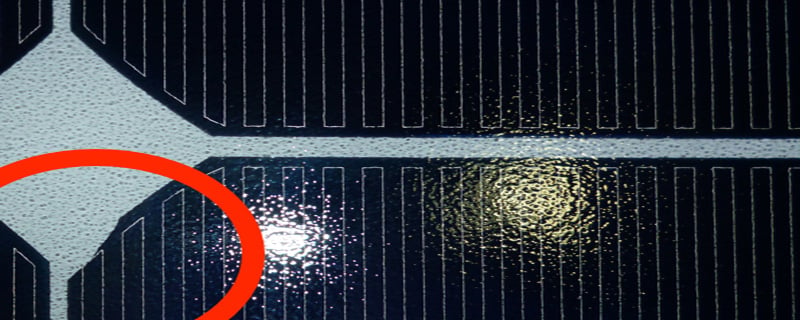

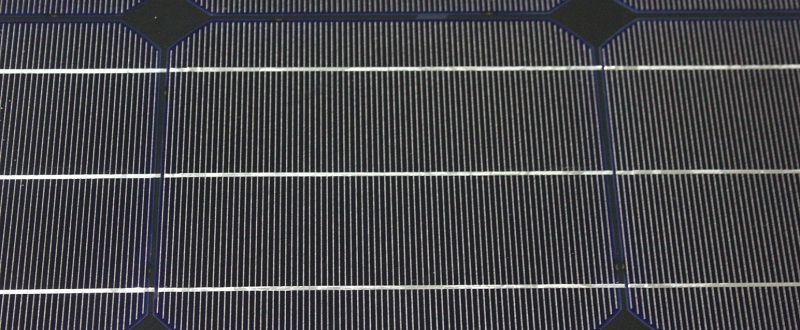
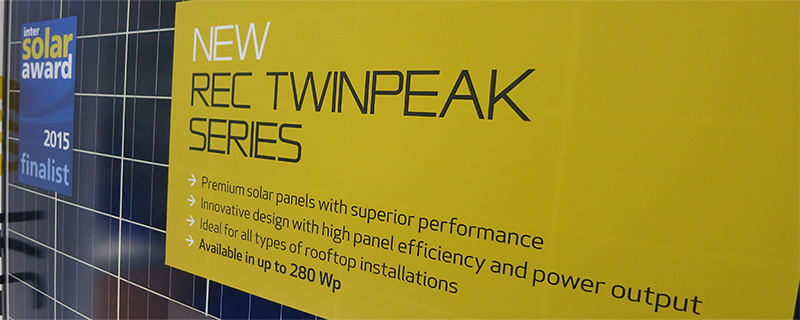
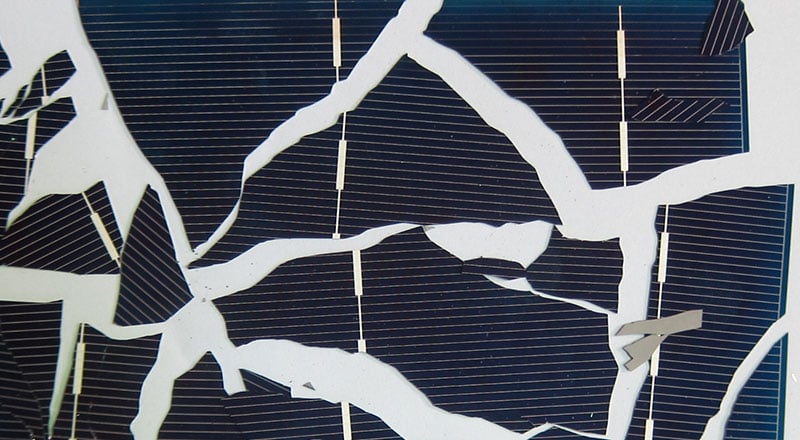
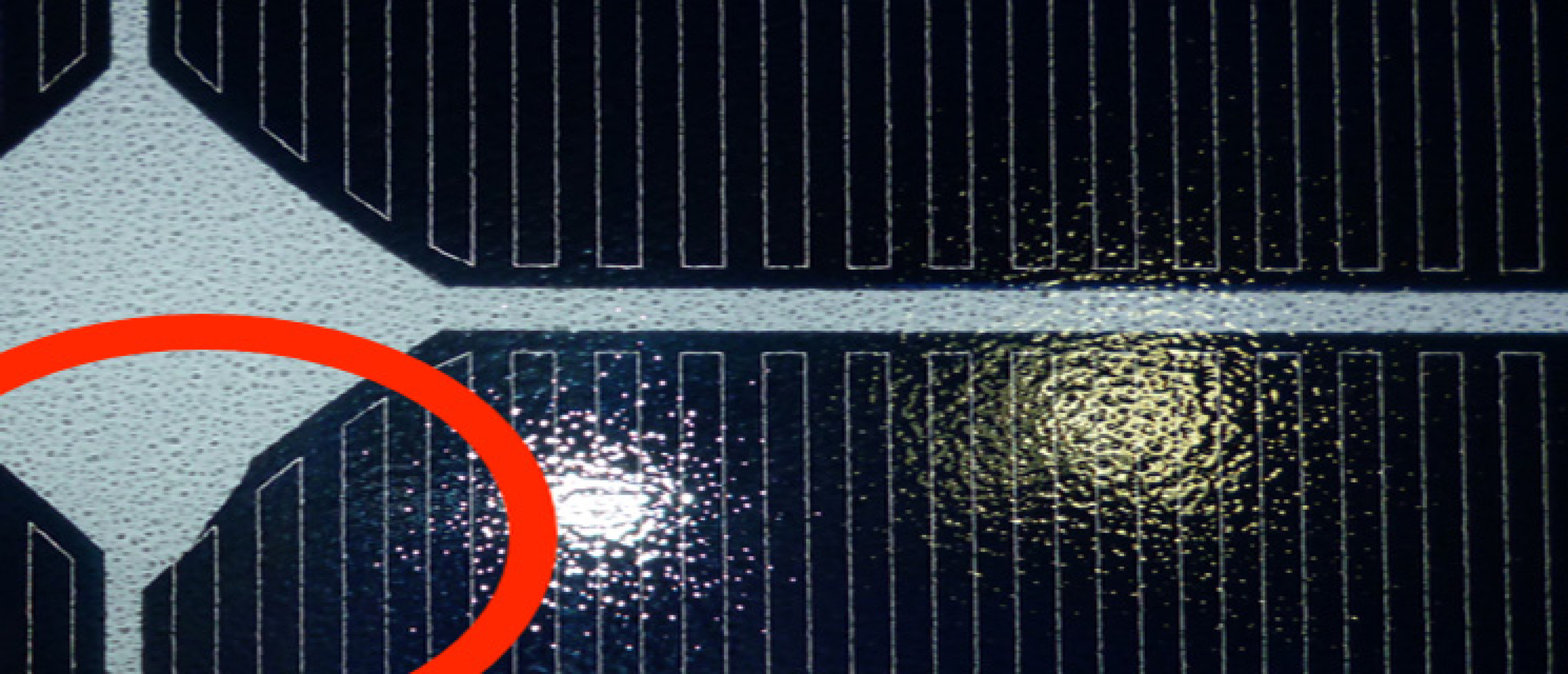
Frank Edwards
on 25 Jan 2017SAID
on 24 Jul 2017Dricus
on 31 Jul 2017Giancarlo Di Vittorio
on 23 Nov 2017LEE JIA HAO
on 03 Dec 2017Alekhya
on 24 May 2018sahil
on 24 May 2018Banveer singh Sisodia
on 28 May 2018okot jojo
on 26 Jun 2018SRIKANTH REDDY
on 03 Jul 2018kailash surungkar
on 08 Feb 2022